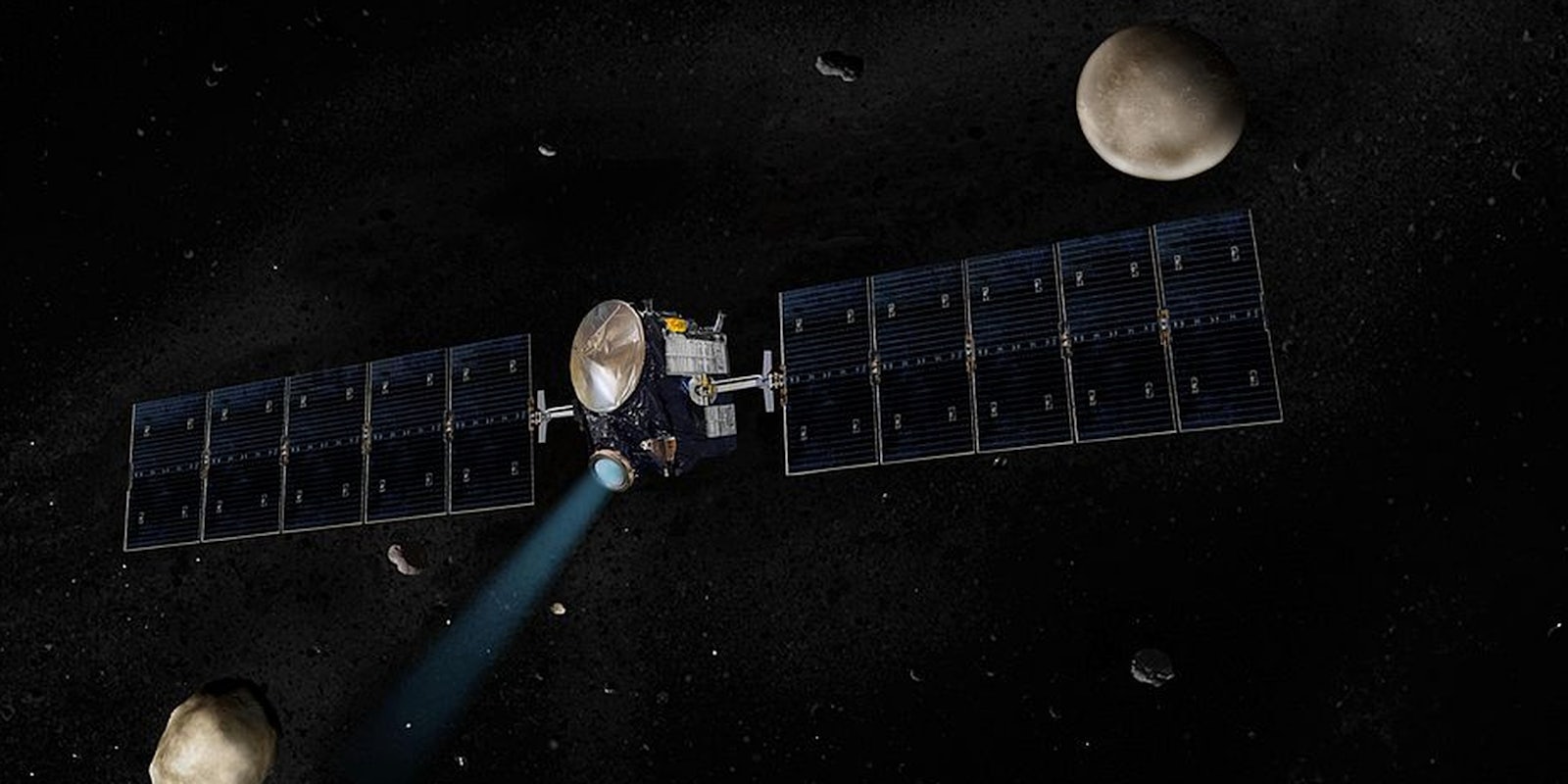NASA is getting excited that its Dawn spacecraft is about to enter orbit around Ceres, a dwarf planet located in the asteroid belt between Jupiter and Mars.
The most intriguing aspect of this mission is the mysterious nature of two bright spots on Ceres’ surface, which scientists hope will be explained once Dawn has gathered more data. The bright spots are in a crater where the Herschel Space Observatory previously detected water vapor, meaning the lights may be patches of reflective ice.
With Dawn scheduled to enter orbit on Friday, NASA has released a video explaining the mission so far and explaining how Ceres’ findings could teach us more about the origins of the solar system.
NASA will be able to confirm Dawn’s orbit sometime on Friday morning. The satellite will spend the next month on the dark side of Ceres, meaning it won’t be able to send back any useful images for a while.
Dawn’s mission is to spend 14 months collecting information about the dwarf planet, but it may remain in orbit long after its objectives are complete. Like many long-distance unmanned spacecraft, it will remain in use until its power finally runs out.
At the end of the mission: Spacecraft will stay in its lowest orbit around #Ceres indefinitely. – Bob Mase
— NASA’s Dawn Mission (@NASA_Dawn) March 2, 2015
Amount of hydrazine, used for pointing the spacecraft, is the factor limiting the lifespan of the mission #Ceres – Bob Mase
— NASA’s Dawn Mission (@NASA_Dawn) March 2, 2015
Photo via NASA/Wikimedia Commons (PD)


